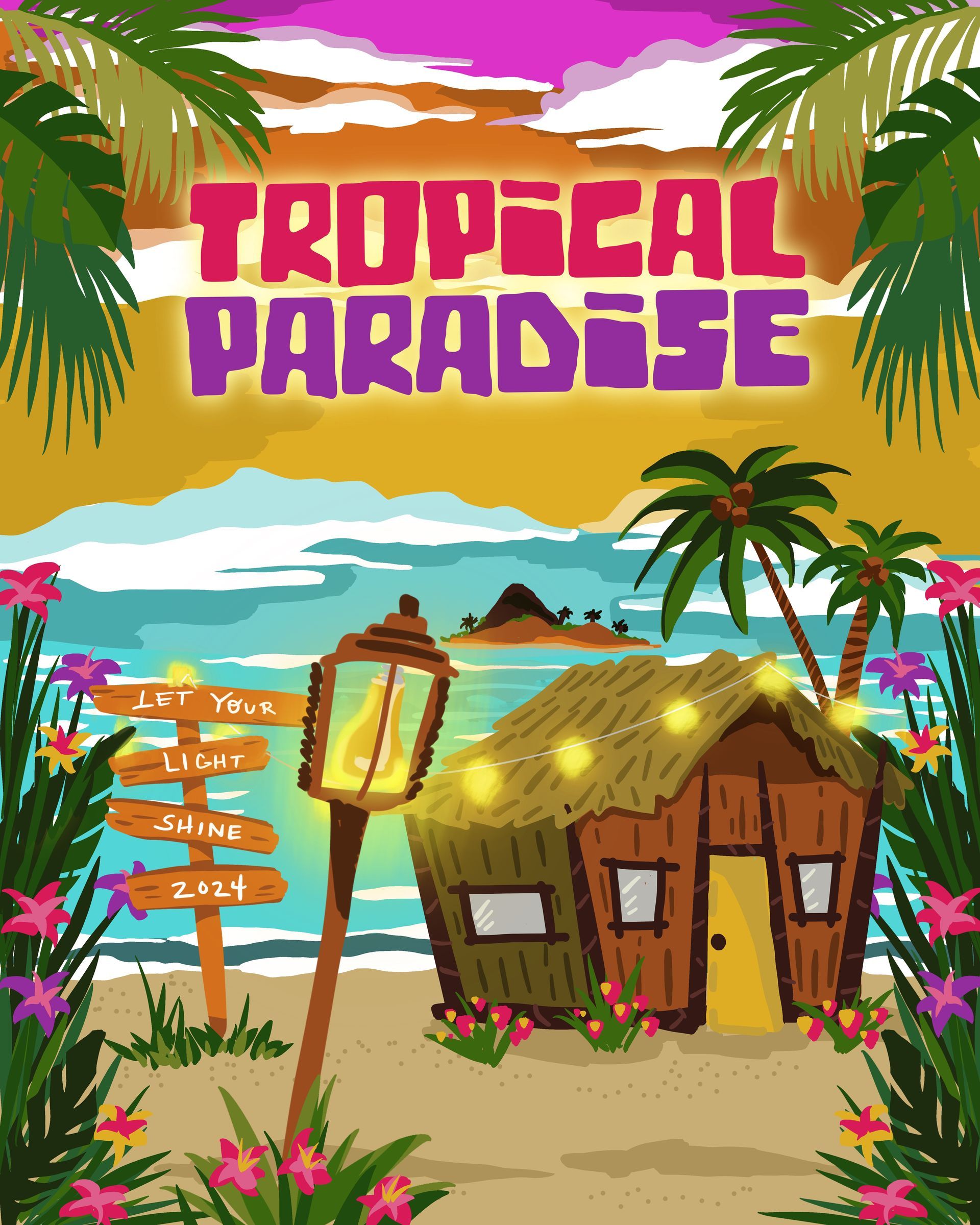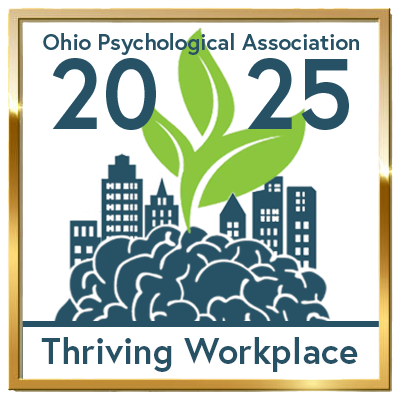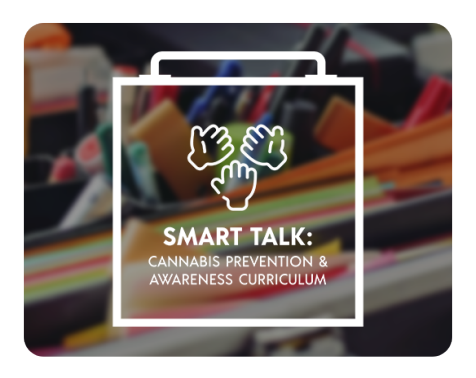
This summer I attended a Marijuana Prevention conference near Denver, Colorado. I was curious to know what the locals were saying after 10 years of legalization. The speakers included a Denver Police Commander, school resource officer, medical doctor, residential treatment program CEO, deputy from the High Intensity Drug Trafficking Area (HIDTA), Executive Director of the National Drug and Alcohol Screening Association and others related to educating the community and defending children’s rights. In the audience were parents, professionals and advocates for children from all over the United States. The conference was geared toward the protection of children.
I listened to story after story of the damage marijuana has caused families, communities and the State of Colorado. The Denver Police Commander said over and over, “if we knew then what we know now, we never would have legalized it.” Several presenters pointed out that today’s marijuana is very different than the marijuana from 10 years ago. Concentrates, modes of use, and availability have changed what, who, and how marijuana is used. The Ohio HIDTA operates out of Brooklyn Heights, a suburb of Cleveland. Of the 22 designated counties that comprise the Ohio HIDTA region, Stark is one of them!
One presenter mentioned that big tobacco is behind the cannabis industry supporting the belief that if children get hooked young, they will become lifelong consumers. Another presenter spoke about the increase of marijuana in persons coming to the hospital ER. Julie Dreifaldt is the Community Liaison for One Chance to Grow Up, an organization that focuses on protecting children from the dangers of today’s marijuana. Julie and her team have been instrumental in changing policy to protect kids by requiring child-proof packaging, limiting marketing and products that appeals to kids, requiring data collection, education for pregnant and breast-feeding mothers, and putting a cap on THC potency. Their website,
https://onechancetogrowup.org/ contains education and policy research and resources for parents and youth.
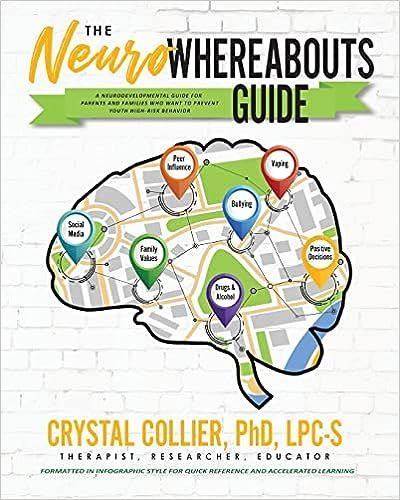
Author and therapist, Dr. Crystal Collier provided an in-depth presentation of her book, The Neuro-WhereAbouts Guide. The book, in infographic style, is appealing and playful as it advises adults to set healthy boundaries and limits regarding risky behaviors faced by today’s youth. It includes tools, activities, sample contracts and scripted talks for 18 high-risk behavior topics. The book, available in both Spanish and English, can be purchased at her website,
https://neurowhereaboutsguide.com/ or Amazon. There is also an Audible version with printable resources.
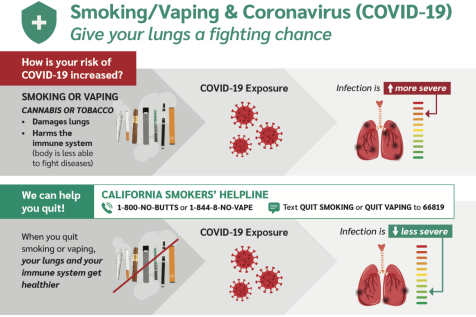
The most impactful “speaker” however, was the conference host, Laura Stack and her husband John. They have personal experience having lost their college-bound son to suicide. Three days before his suicide he told his mother, “I want you to know you were right. You told me marijuana would hurt my brain. It’s ruined my mind and my life, and I’m sorry. I love you.” Laura didn’t tell her story or present a topic. She introduced the speakers, hosted the breaks, and mingled with us. I had a chance to speak to them personally because I have a story too, but it’s never been shared publicly.
I left the conference floored, inspired and determined to say more. As Ohio again attempts to legalize marijuana for recreational use (the word ‘recreation’ is also misleading, it implies fun and play. Recommended verbiage is ‘adult use’) this November, I would strongly encourage voters to consider the data. Have we thought about the quadrupled rates of poisoning of children in states where it is legal? What about the cows that are fed hemp that makes them high. What does it do to the milk that we then give to our children? Are we prepared to deal with the increase in psychosis and psychotic-related behaviors that affect our legal system, hospitals and neighborhoods? Are our police departments prepared to monitor the illegal grow houses and all the product not federally regulated? The Denver Police Department started with three narcotic officers when marijuana was legalized. Eight years later, 56 officers had been added to manage all the drug-related crime. Crime didn’t increase, they reported, it became more violent.
Those two days supplied me with a very convincing argument that I’ve been able to use as I talk with teens. More and more, I’m told by youth that they really don’t want to be addicted to a substance or spend so much money on it. Teens may push back on having rules and boundaries, but they will thank you later. I still remember the text I received right after midnight a few years ago from a young man thanking me for being “hard on him” in therapy. He was six months sober and wanted me to be the first person he told. I actually wasn’t hard on him, just firm. It worked!
As we approach perhaps a new dawn, let’s join together to protect our children. Let’s stand strong together to help them become healthy, happy, and productive adults.
If you, or an adolescent you know is struggling with substance use, please call C&A at 330-433-6075.
Karita Nussbaum , PhD, LISW, LICDC Has More Than 30 Years Of Experience Working In The Field Of Behavioral Health, Over 10 Are With Substance Use. She Is Currently The Program Manager For The Gemini Program Which Serves Both Mental Health And Substance Use Disorders At Child & Adolescent Behavioral Health.
RECENT POSTS






